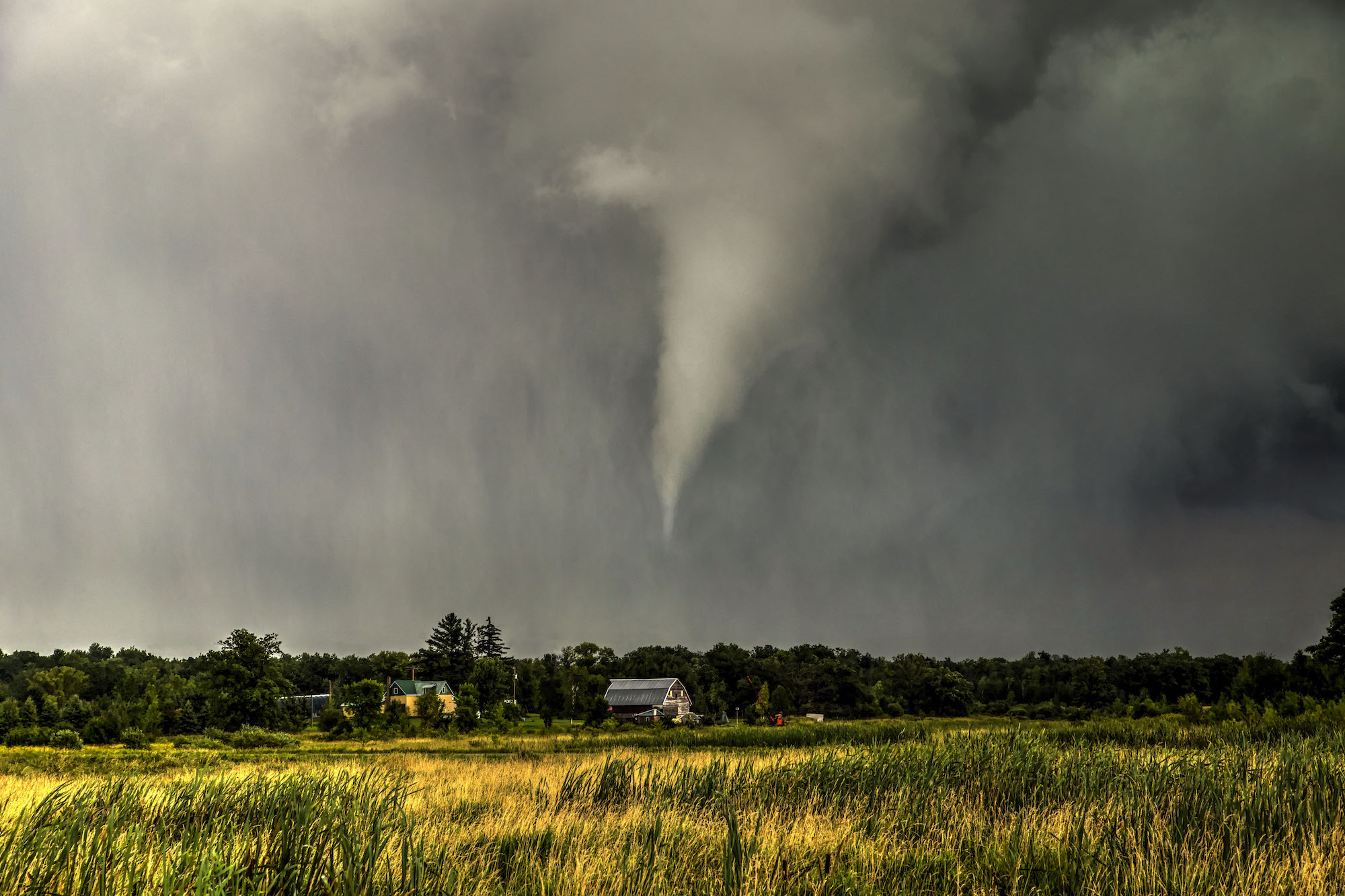The Science Behind Tornadoes and Their Effects on Power Grids
Tornadoes are among the most powerful and destructive natural phenomena on Earth. These violent windstorms can wreak havoc on everything in their path, including power grids, which are essential for modern life. Understanding the science behind tornadoes and Tornadoes Effects on Power Grids is crucial for developing strategies to mitigate their impacts and enhance grid resilience.
The Science of Tornado Formation
Tornadoes form under specific atmospheric conditions typically associated with severe thunderstorms. The process begins with a supercell, a type of thunderstorm characterized by a rotating updraft called a mesocyclone. Several key factors contribute to tornado formation:
- Wind Shear: This refers to changes in wind speed and direction with height. Wind shear creates horizontal spinning effects in the lower atmosphere.
- Instability: A highly unstable atmosphere, where warm, moist air near the surface is overlain by cooler, dry air aloft, encourages vigorous updrafts.
- Lift: Triggers such as cold fronts, warm fronts, or other weather disturbances lift the warm, moist air upward.
- Rotation: The horizontal spin created by wind shear gets tilted into the vertical by the updraft, forming a rotating column of air.
When these conditions align perfectly, the rotating updraft can intensify, leading to the formation of a tornado. The most intense tornadoes occur within supercells, where the mesocyclone tightens and extends downward to form a visible funnel cloud.
Characteristics and Classification
Tornadoes vary greatly in size, intensity, and duration. The Enhanced Fujita (EF) Scale is used to classify tornadoes based on the damage they cause:
- EF0: Minor damage, winds 65-85 mph
- EF1: Moderate damage, winds 86-110 mph
- EF2: Considerable damage, winds 111-135 mph
- EF3: Severe damage, winds 136-165 mph
- EF4: Devastating damage, winds 166-200 mph
- EF5: Incredible damage, winds over 200 mph
Tornadoes’ Effects on Power Grids
Tornadoes can cause significant damage to power grids through several mechanisms:
- Physical Destruction: High winds can topple transmission towers, utility poles, and other infrastructure. Debris carried by the tornado can also strike and damage power lines and equipment.
- Electrical Faults: Tornadoes can cause short circuits and electrical faults when power lines come into contact with each other or with debris. These faults can lead to widespread outages.
- Substation Damage: Substations, which play a crucial role in the transmission and distribution of electricity, are vulnerable to tornadoes. Damage to these facilities can disrupt the flow of electricity over large areas.
- Communication Disruption: Tornadoes can also disrupt communication lines, making it difficult for utility companies to coordinate response efforts and restore power quickly.
Mitigating the Impact on Power Grids
Enhancing the resilience of power grids to tornadoes involves several strategies:
- Infrastructure Hardening: Reinforcing transmission towers, utility poles, and substations to withstand high winds can reduce physical damage. This may include using stronger materials and designing structures to be more aerodynamic.
- Undergrounding Power Lines: Burying power lines underground can protect them from wind and debris. However, this approach is expensive and not always feasible for extensive networks.
- Smart Grid Technologies: Implementing smart grid technologies, such as automated switches and sensors, can help isolate damaged sections and reroute power, minimizing outages.
- Improved Forecasting and Early Warning Systems: Advances in meteorological technology can enhance the prediction of tornadoes and provide early warnings, allowing utility companies to take preemptive measures to protect the grid.
- Rapid Response and Recovery Plans: Developing comprehensive response and recovery plans, including pre-positioning repair crews and equipment, can speed up the restoration of power after a tornado.
Conclusion
Tornadoes pose a significant threat to power grids, but understanding the science behind these powerful storms and their impacts can inform strategies to mitigate their effects. By hardening infrastructure, investing in smart technologies, and improving forecasting and response capabilities, we can enhance the resilience of power grids and reduce the disruption caused by tornadoes. As climate change may influence the frequency and intensity of severe weather events, these efforts are more crucial than ever in ensuring a stable and reliable power supply.







